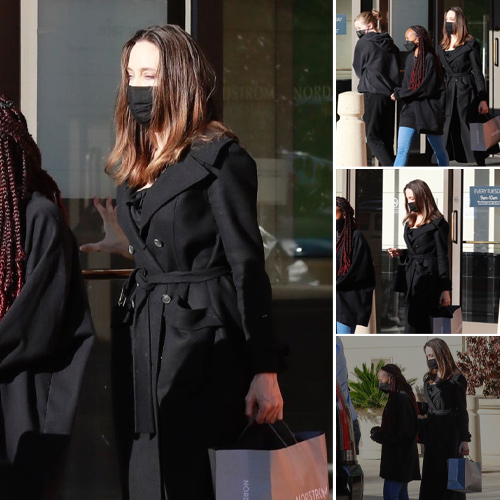In the heart of Laikipia County, a resilient sub-adult male elephant found himself in a difficult situation, drawing the attention of dedicated community scouts from the Loldaiga Wildlife Conservancy.
This young elephant bore deep and painful wounds on the inner side of its left front leg, causing immense distress.

Stranded in the thickets of Loldaiga hills, the elephant limpedaong, isolated from its herd.
To address this urgent crisis, a dedicated veterinary team sprang into action, embarking on a challenging rescue and treatment mission.

The injured elephant had taken refuge in a dense thicket forest, making the rescue operation all the more arduous.
The team meticulously tracked the elephant on foot for several hours and, when the time was right, darted it on the right rump muscles with a 2ml Dan-inject dart containing 15 milligrams of etorphine Hcl.
It took roughly 10 minutes for the elephant to be adequately immobilized and safely brought to the ground.

Upon closer examination, the veterinary team uncovered deep, septic wounds on the inner side of the elephant’s left front leg, characterized by pus, exudates, and necrotic tissue debris. To ensure a full recovery, the team followed a meticulous treatment regimen.
They began by thoroughly cleansing the wound with copious amounts of clean water and used sterile gauze swabs on long forceps to remove all necrotic debris and any foreign material.
The wound was further treated with a dilute 10% hydrogen peroxide solution and a disinfecting wash of tincture of iodine.

Topical application of Opticlox® ointment and an oxytetracycline spray were also administered.
To support the healing process, the elephant received an intramuscular injection of Procaine penicillin (Norocillin®) and dexamethasone.
Following the treatment, the elephant was gently revived from anesthesia using 48 milligrams of Diprenorphine Hcl, administered intravenously through the superficial ear vein.
Despite the initial challenges in getting back on its feet, the brave elephant eventually rose and wandered back into the thicket.
Thanks to the expert care and swift action of the veterinary team, the prognosis for this courageous sub-adult male elephant was remarkably favorable.
A quick recovery was expected, as the wound was situated higher on the leg with minimal contamination, affecting only soft tissues.
Security rangers at Loldaiga were entrusted with monitoring the elephant’s progress and reporting any developments that might necessitate further treatment.
This compassionate and skilled intervention offered hope for the young elephant’s healing and promising future.



